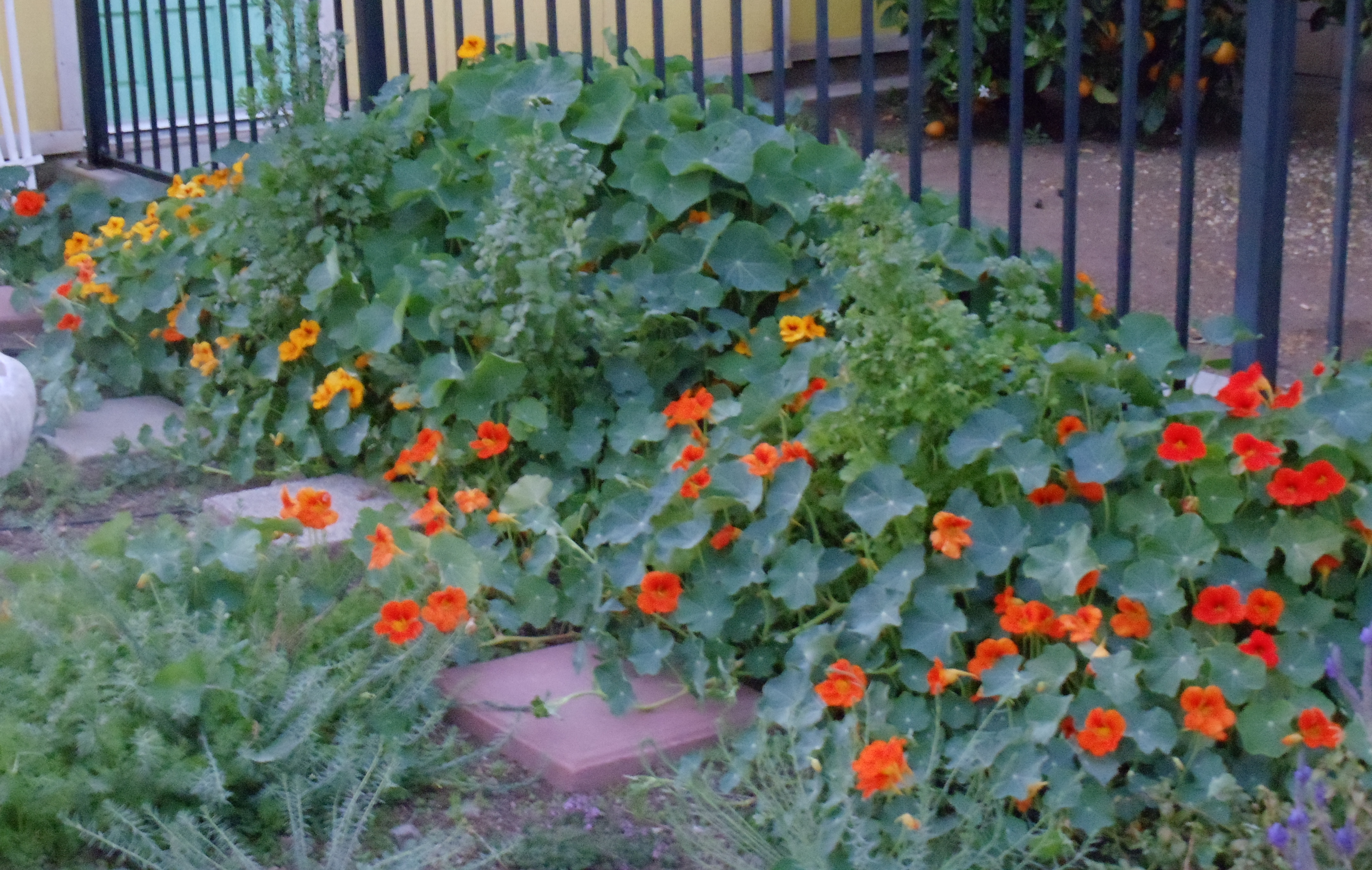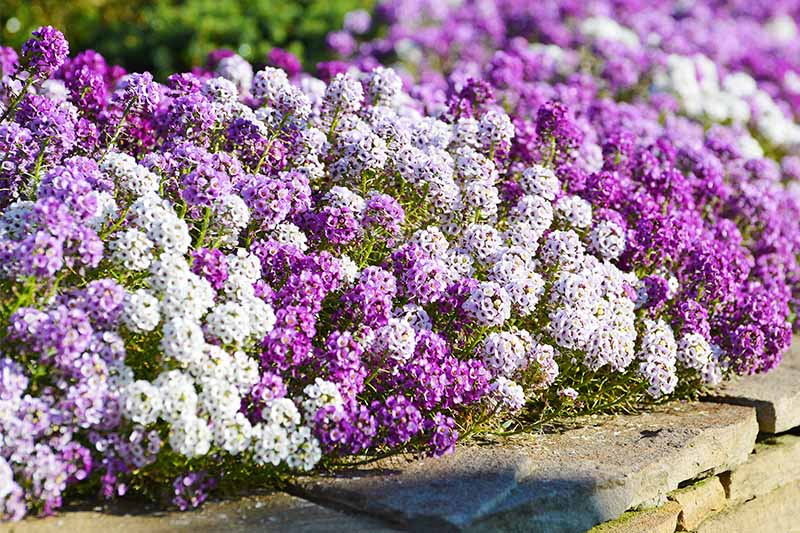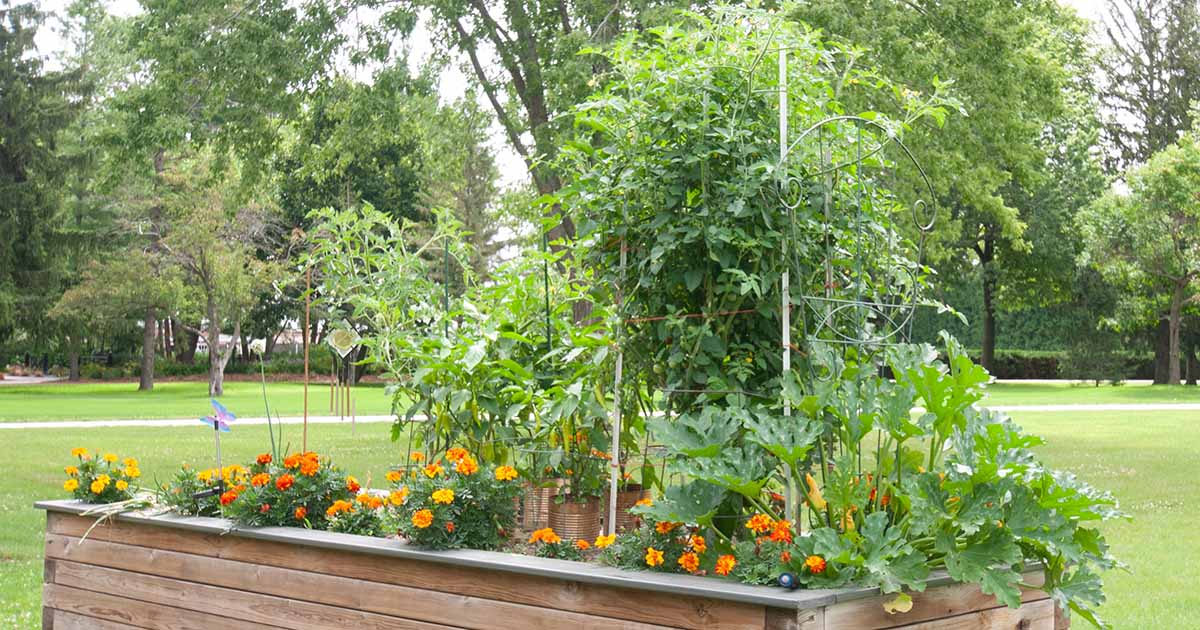The Ultimate Guide To Companion Planting For Berries
The Ultimate Guide to Companion Planting for Berries
Berries are a delicious and nutritious addition to any garden. But did you know that you can improve their yield and flavor by companion planting?
Companion planting is the practice of planting certain plants together to benefit each other. Some plants attract beneficial insects, while others repel pests. Some improve the soil, while others provide shade or wind protection.
By carefully selecting your companion plants, you can create a thriving ecosystem in your garden that will help your berries thrive.
In this guide, we will discuss the benefits of companion planting for berries, as well as some of the best companion plants for each type of berry. We will also provide some tips on how to plant and care for your companion plants.
Benefits of Companion Planting for Berries
There are many benefits to companion planting for berries. Some of the most important benefits include:
- Improved pollination: Certain companion plants attract beneficial insects, such as bees and butterflies. These insects help to pollinate your berry plants, which leads to a higher yield of fruit.
- Reduced pest pressure: Some companion plants repel pests that can damage berry plants. For example, marigolds repel nematodes, which can be a major problem for strawberries.
- Improved soil health: Some companion plants improve the soil by adding nutrients or by breaking down organic matter. This can help to improve the health of your berry plants and make them more resistant to pests and diseases.
- Increased shade and wind protection: Some companion plants provide shade or wind protection for berry plants. This can help to keep your plants cool and prevent them from drying out.
Best Companion Plants for Berries
The best companion plants for berries will vary depending on the type of berry you are growing. However, some of the most popular companion plants for berries include:
- Strawberries: Marigolds, nasturtiums, chives, mint, garlic, and onions are all good companion plants for strawberries. These plants help to repel pests and diseases, and they also improve the soil.
- Blueberries: Clover, azalea, oak, pine, and wildflowers are all good companion plants for blueberries. These plants help to acidify the soil, which is ideal for blueberries.
- Raspberries: Mint, chamomile, and marigolds are all good companion plants for raspberries. These plants help to repel pests and diseases, and they also improve the soil.
How to Plant and Care for Companion Plants
When planting companion plants, it is important to consider the size and growth habit of each plant. For example, you would not want to plant a tall plant like sunflowers next to a short plant like strawberries, as the sunflowers would shade out the strawberries.
It is also important to plant companion plants that have similar water and fertilizer needs. This will help to ensure that both plants are getting the resources they need to thrive.
Once your companion plants are established, you will need to care for them just like you would any other plant in your garden. This includes watering, fertilizing, and weeding.
Conclusion
Companion planting is a great way to improve the yield and flavor of your berries. By carefully selecting your companion plants, you can create a thriving ecosystem in your garden that will benefit your berries and other plants.
Growing berries is a rewarding experience, but it can be challenging to get the best results. One way to improve your berry harvest is to plant companion plants. Companion planting is the practice of planting different plants together that benefit each other. There are many different companion plants that can be grown with berries, but some of the most popular include:
- Asparagus: Asparagus is a nitrogen-fixing plant, which means it helps to improve the soil quality for other plants. It also helps to deter pests from berries.
- Basil: Basil is a natural pest repellent that can help to keep insects away from berries. It also helps to improve the flavor of berries.
- Borage: Borage attracts pollinators, which helps to improve the pollination of berries. It also helps to deter pests from berries.
- Clover: Clover is a nitrogen-fixing plant that helps to improve the soil quality for other plants. It also helps to suppress weeds.
- Dill: Dill helps to deter pests from berries, such as aphids and spider mites. It also helps to improve the flavor of berries.
If you are interested in learning more about companion plants for berries, I recommend visiting Gardenia Inspiration. This website has a comprehensive list of companion plants for berries, as well as information about how to plant and care for them.
FAQ of companion plants for berries
Question 1: What are the best companion plants for berries?
Answer: There are many great companion plants for berries, but some of the most popular include:
- Allium: Alliums, such as garlic, onions, and chives, help to repel pests that can damage berries, such as aphids, spider mites, and Japanese beetles.
- Beans: Beans fix nitrogen in the soil, which can help to improve the health of berry plants.
- Cabbage family plants: Cabbage family plants, such as broccoli, Brussels sprouts, and cauliflower, help to attract beneficial insects that can help to control pests.
- Herbs: Herbs, such as mint, oregano, and thyme, can help to deter pests and attract pollinators.
- Sunflowers: Sunflowers help to attract pollinators, which can help to increase the yield of berry plants.
Question 2: What are some plants that should not be planted near berries?
Answer: There are a few plants that should not be planted near berries, as they can compete for resources or attract pests. These plants include:
- Grape vines: Grape vines can shade out berry plants and compete for water and nutrients.
- Nightshades: Nightshades, such as tomatoes, potatoes, and eggplants, can attract pests that can also damage berry plants.
- Raspberries: Raspberries can spread by underground runners, and if planted too close to other berry plants, they can crowd them out.
- Wheat: Wheat can compete for water and nutrients with berry plants.
Question 3: What are the benefits of companion planting with berries?
Answer: There are many benefits to companion planting with berries, including:
- Increased yields: Companion plants can help to increase the yield of berry plants by attracting pollinators, deterring pests, and improving the health of the soil.
- Improved soil health: Companion plants can help to improve the health of the soil by fixing nitrogen, breaking down organic matter, and suppressing weeds.
- Reduced pest problems: Companion plants can help to reduce pest problems by attracting beneficial insects that prey on pests, or by releasing chemicals that repel pests.
- Enhanced beauty: Companion plants can add beauty to a berry patch by providing flowers, foliage, and fragrance.
Question 4: How do I choose the right companion plants for my berries?
Answer: When choosing companion plants for your berries, it is important to consider the following factors:
- The needs of the berry plant: Some berry plants have specific needs, such as needing full sun or acidic soil. Be sure to choose companion plants that will complement the needs of your berry plants.
- The pests and diseases that are common in your area: Choose companion plants that will help to deter the pests and diseases that are common in your area.
- The appearance of your berry patch: If you want your berry patch to be both productive and beautiful, choose companion plants that will add color, texture, and fragrance to your patch.
Question 5: When should I plant companion plants with my berries?
Answer: The best time to plant companion plants with your berries is in the fall or early spring. This will give the companion plants time to get established before the berry plants start growing.
Image of companion plants for berries
- Nasturtiums: Nasturtiums are a great companion plant for berries because they attract pollinators and help to deter pests. They also have beautiful flowers that can add color to your garden.

- Chives: Chives are another great companion plant for berries. They help to repel pests and improve the flavor of the berries.

- Marigolds: Marigolds are a popular companion plant for many vegetables, including berries. They help to deter pests and improve the soil quality.

- Sweet Alyssum: Sweet alyssum is a low-growing herb that is a great companion plant for berries. It helps to suppress weeds and attract pollinators.

- Pot marigolds: Pot marigolds are a type of marigold that is especially good for companion planting with berries. They help to repel pests and improve the soil quality.

Post a Comment for "The Ultimate Guide To Companion Planting For Berries"